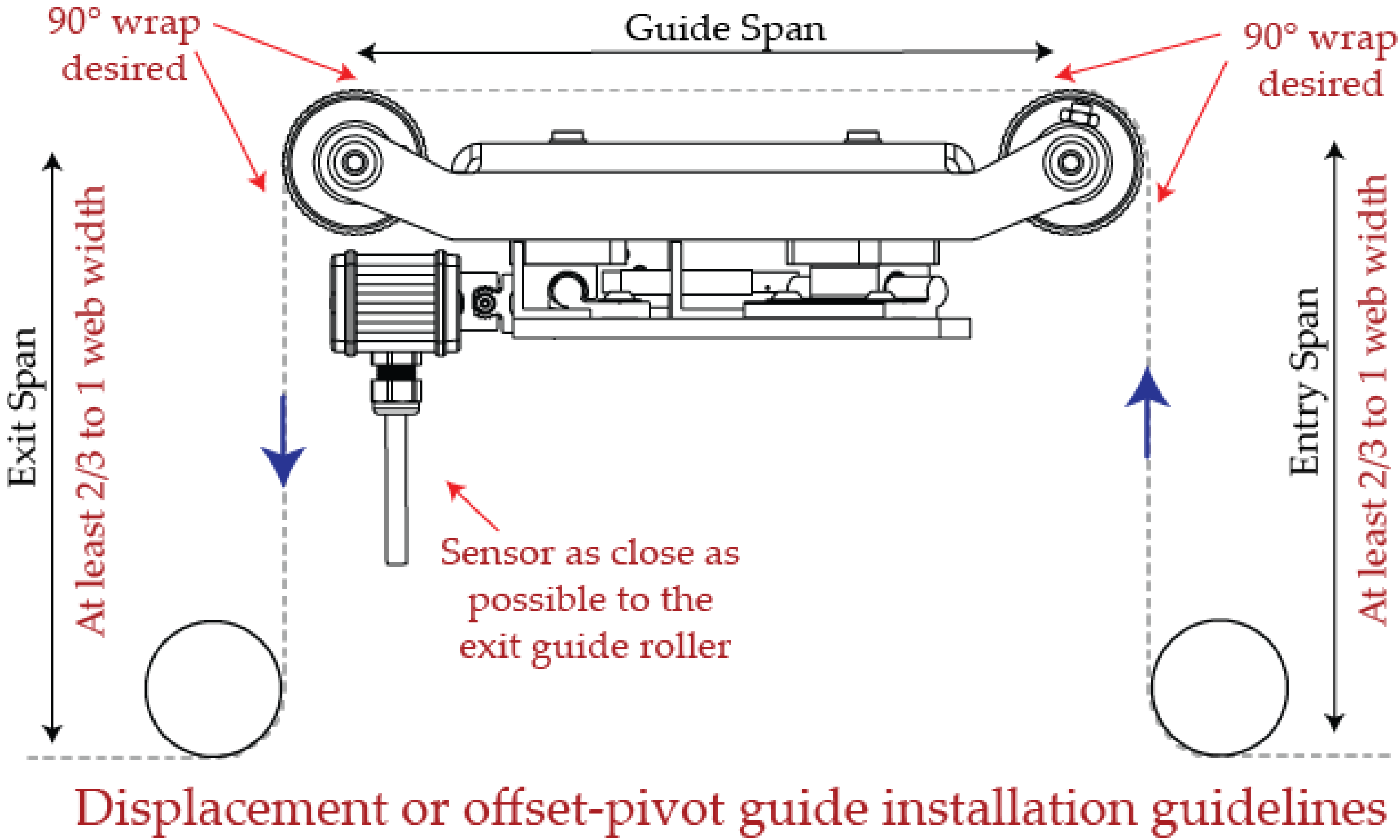As a converter that deals with the day to day operation of a converting line you probably run into issues with communication within your operation, or externally with suppliers. Your problem is how do you efficiently get your point across? It definitely helps if you use the proper terminology or understand other terms used in the industry. We want to help you with that with our Web Guiding Fundamentals series.
A web guide is a web guide is a web guide by many different terms.
A little poetic here, but in general terms a thing is what it is (not truly the interpretation of Gertrude Stein, the poet who wrote “a rose is a rose is a rose” in one of her poems, but we will use it here in this context). As you talk to different people in the industry, you will find a variety of terms to identify a web guide. Here we will give you a short presentation of terms and definitions of web guides to get you started in the trek of web guiding fundamentals.

Steering and Tracking
These two common terms are widely used to identify a web guide. Steering is based on the premise that the mechanism moves or steers the web to its correct position based on the current position detected by the guiding system. Tracking is based on the premise that the web is detected and followed as the mechanism makes the appropriate corrections to place it in the correct position. Two denominations, same thing.
Edge, Line and Contrast Guiding
In this case the web guide is defined or identified based on the feature of the web that is used to track its position. Guiding is done in reference to the position of the edge of the web, the location of a printed line or a visible contrast on the web surface.
Lateral Control and Lateral Registration
These are academic terms to identify a web guiding system. Why would you need to know this? Well, many of the advances in web guiding technology are achieved under academic research. If you attend a technical conference on web handling or just happen to run into an academic paper on the subject, you will definitely see such terminology. Wouldn’t it be nice to know as you look through a conference agenda that there is a presentation on Lateral Control and Lateral Registration and you are interested in what’s going on in new developments in web guiding?
CD Registration and Lateral Alignment
You will occasionally run into these two terms in web guiding. Cross-Machine Direction Registration and Lateral Alignment are also used in academic research, but it does cross-over into converting operations, especially in very large companies that have research facilities. In both cases, the reference is the alignment of the web in lateral form with respect to the direction of travel of the web material through the converting equipment.
EPC and LPC
These two terms (EPC - Edge Position Control and LPC - Line Position Control) are commonly used in Asia. One refers to edge guiding and the other to line and contrast guiding.
There are a good variety of terms to identify web guides. However, there is additional terminology based on the actuating system, web guiding mechanism and position of rollers. You can read more on this in our Web Guide Selection and Installation Tips.
On a final note, web guides position the web laterally or in desired cross-machine direction to enable efficient transport. If a web is not guided we will have issues of the web crashing into the machine. We will continue presenting more information on Web Guiding Fundamentals in future posts. Contact us to continue receiving information on web guiding and web sensor applications or if you have any specific questions regarding web guiding or sensors for web detection and monitoring. We look forward to helping you succeed with your converting operation.
